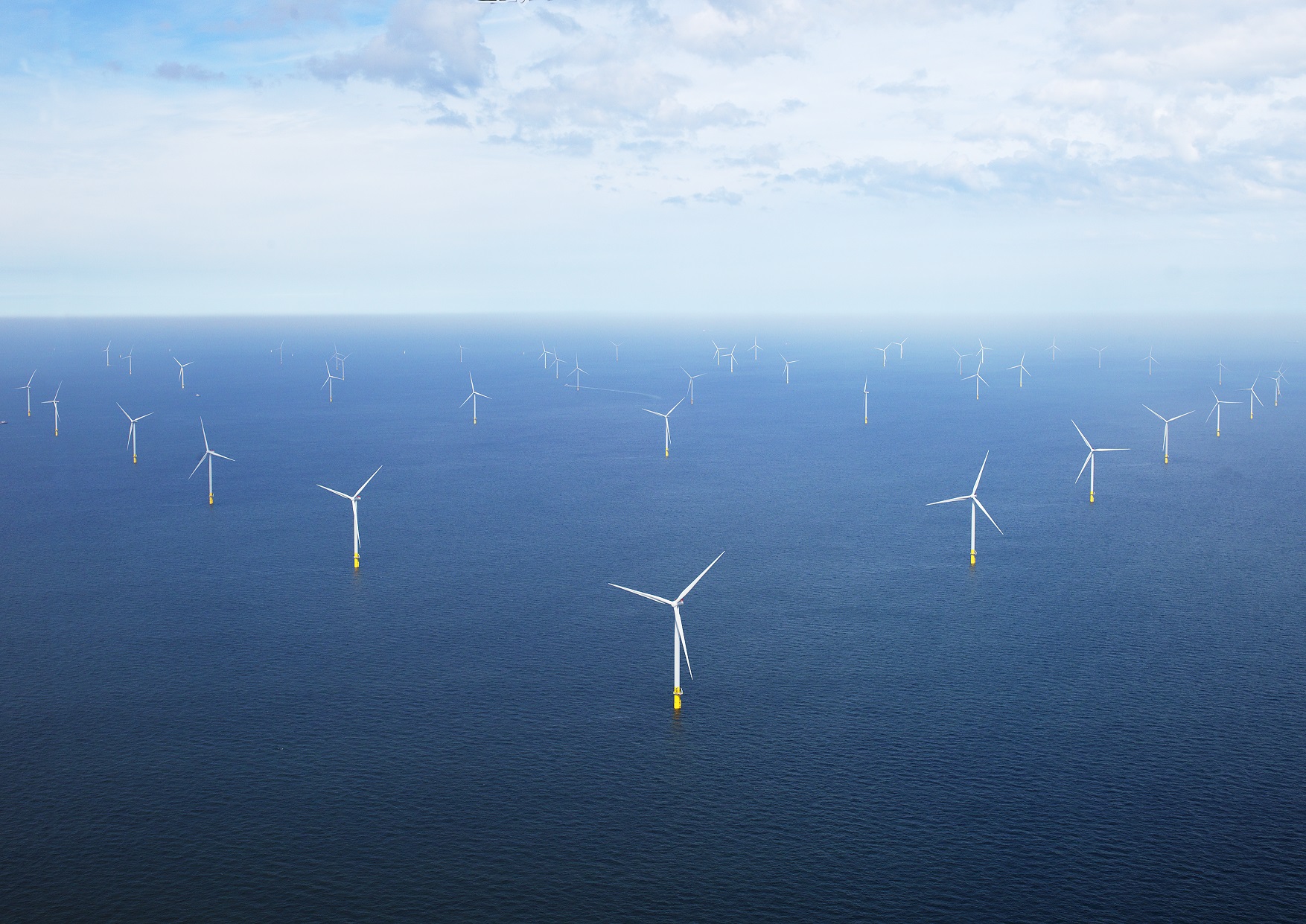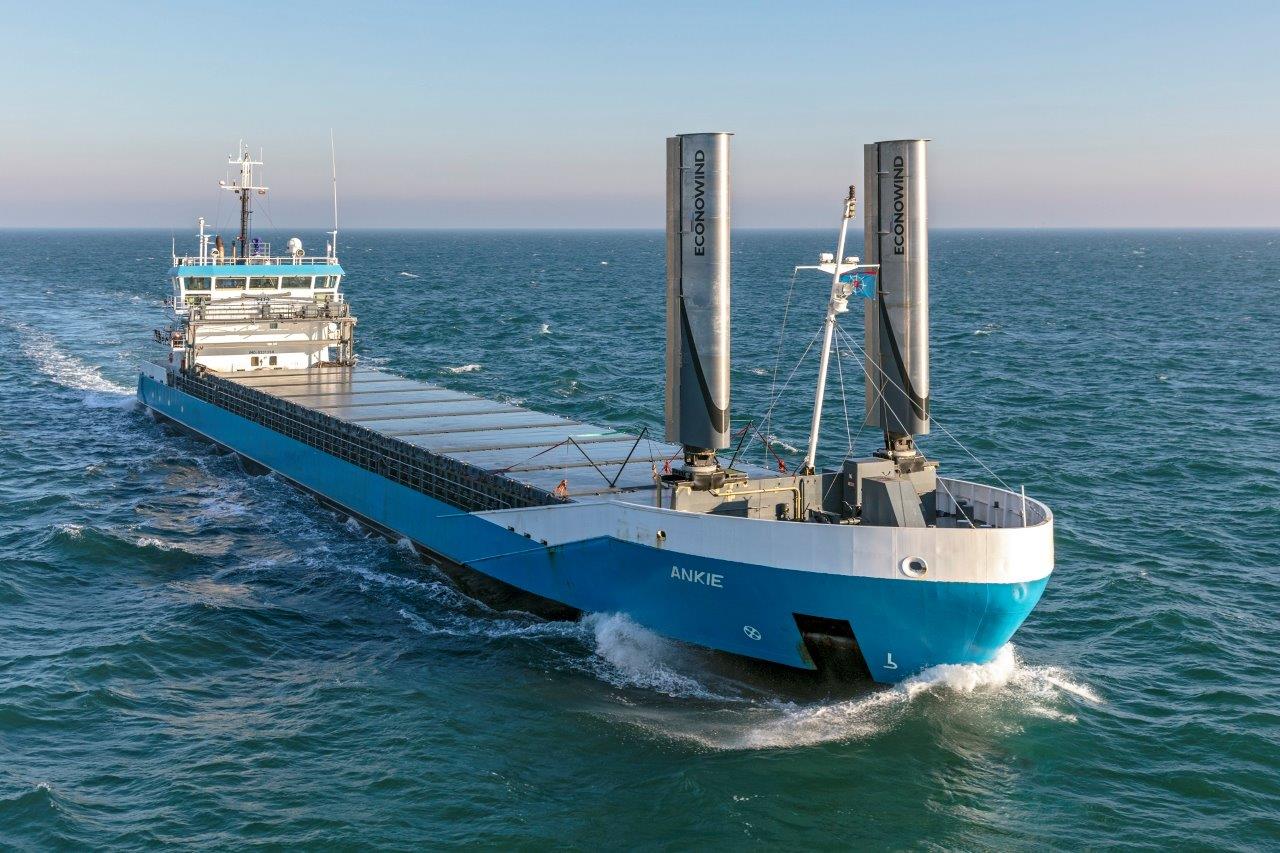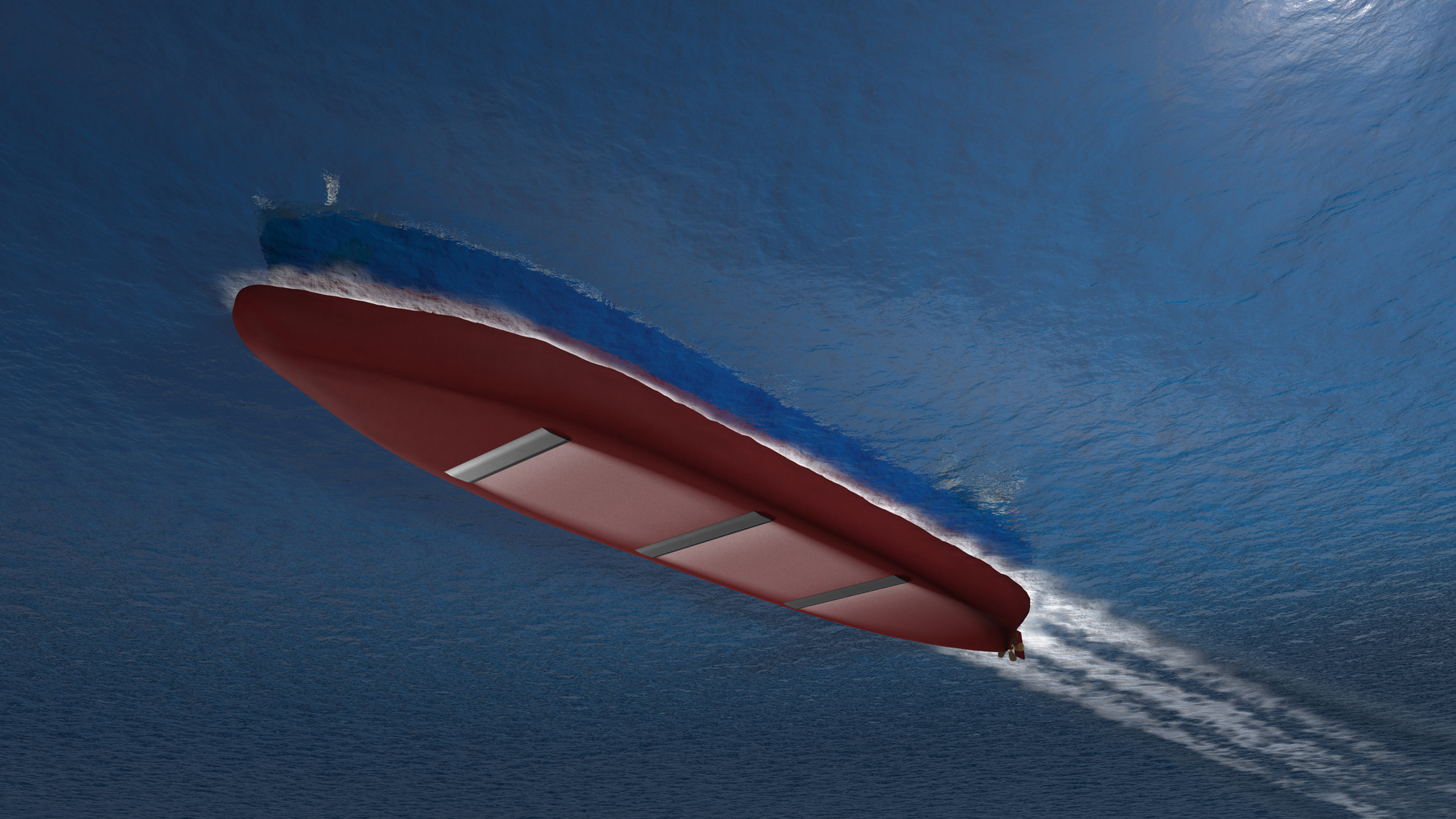The Danish Parliament has agreed to build the world’s first offshore wind energy hub, designed as an artificial island in the North Sea. On behalf of the Danish Energy Agency and together with Energinet, COWI has been working on qualifying the knowledge base for the realisation of the energy island.
Located 80 kilometres from the shore of the Jutland peninsula, the energy island will serve as an offshore power hub collecting, storing, converting and distributing green electricity from hundreds of offshore wind turbines directly to consumers and countries bordering the North Sea.
The hub will have an initial capacity of 3 GW offshore wind energy, and when fully implemented the capacity can be scaled to 10 GW powering 10 million households.
As the first of its kind, the energy island marks a new era for sustainable energy production and a significant step in the green transition – in Denmark and abroad.
LARGEST CONSTRUCTION PROJECT IN DANISH HISTORY
At an estimated total cost of some DKK 210 billion, equivalent to five Great Belt Bridges or about four Fehmarn Belt Fixed Links, the energy hub and its offshore wind infrastructure is the largest construction project ever to be carried out in Denmark.
Since 2018, COWI has worked for the Danish Energy Agency together with Energinet on qualifying the knowledge base for the realisation of the energy island.
“We have provided a variety of services, latest a screening of the locations best fit for the offshore wind project and a cost-benefit analysis of the different possible island structures, its climate footprint, accessibility, and costs,” says Jan Behrendt Ibsø, Senior Market Director, Energy International. He continues:
“It has been a pleasure for us to contribute to the realisation of such an important flagship project for the green transition and to support our customer – and, ultimately, the Danish society and Europe – on the journey towards climate neutrality.”
GREEN FUELS FOR HEAVY TRANSPORT AND INDUSTRIES
The long-term ambition is also to produce sustainable fuels on the island for shipping, aviation, heavy industries, and heavy-duty vehicles that are otherwise difficult to decarbonise.
“As a part of the cost-benefit analysis, we also evaluated the possibilities for establishing Power-to-X facilities.
No doubt, there lies a great business potential for Denmark and Danish companies in demonstrating how to establish such a ground-breaking offshore wind project and produce sustainable fuels in large scale. Technology and know-how, which later can be exported to countries in the North Sea, the US and globally, as the world’s demand for offshore wind is expected to grow dramatically in coming years,” concludes Jan Behrendt Ibsø.

































